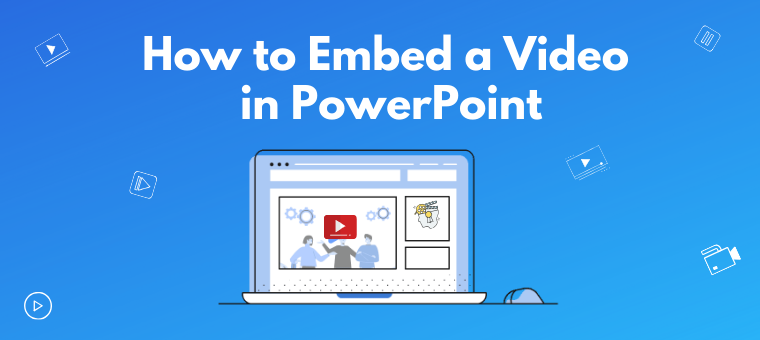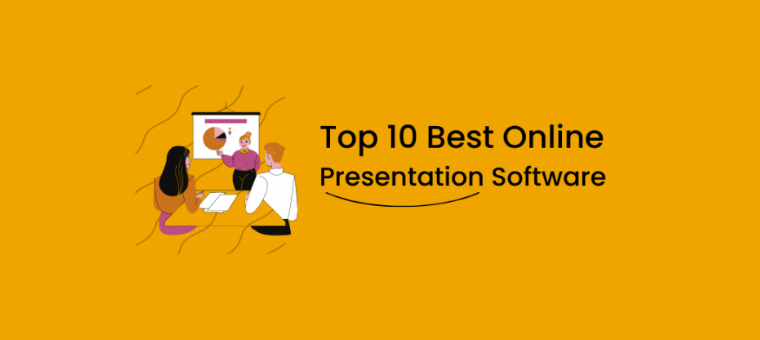How to Prepare for a Presentation: A Guide to Present Like a Pro
Presentations are powerful tools for communication, persuasion, and knowledge sharing.
Effective presentation skills are crucial in today's world of business, where we are constantly required to pitch our ideas, sway stakeholders, and make a lasting impact.
Nonetheless, the process of preparing for a presentation can be overwhelming, anxiety-inducing, and leave people wondering how to prepare for a presentation without any mental breakdowns.
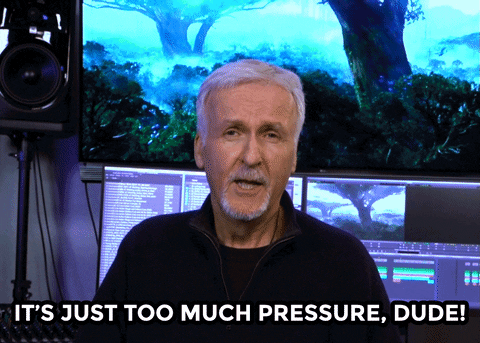
This often leads individuals to believe that not everyone possesses the aptitude to command the stage and engage with the audience.
Contrary to this common perception, anyone can excel at delivering a flawless presentation with a little extra effort and practice.
So if you are apprehensive about taking such presentation opportunities at work/study, or struggling to put out a great presentation in general, then you have come to the right place.
In this comprehensive guide, we will delve into the intricacies of how to prepare for a presentation, equipping you with invaluable tips, techniques, and strategies to ace your very next presentation.
Whether you're a seasoned presenter or just starting, this blog will empower you to deliver impactful presentations that captivate your audience and leave a lasting impression.
Let’s get started,
- Comprehending the Objectives of the Presentation
- Conducting Thorough Research
- Crafting the Structure of Presentation
- Acing the Opening Line
- Articulating the Content Confidently
- Harnessing the Power of Compelling Visual Aids
- Mastering the Delivery of Presentation
- Conquering the Presentation Anxiety
- Forging a Profound Connection
- Handling Questions and Feedback
1. Comprehending the Objectives of the Presentation
Whenever you are starting to prepare for a presentation, it is of utmost importance to initially grasp the objectives.
Through your presentation, do you seek to convey information, persuade, entertain, or inspire?
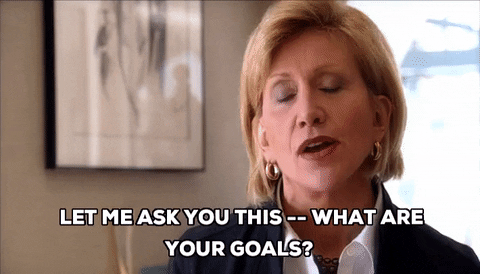
Recognizing the objective of the presentation will serve as a guiding compass throughout the process of generating the content, enabling you to arrange your presentation in a manner that deeply connects with your audience.
By comprehending the purpose of your presentation, you will be able to craft a compelling message that aligns with your desired outcome.
If your goal is to inform, you can focus on providing valuable knowledge and insights.
If your goal is to persuade, you can employ rhetorical strategies and persuasive techniques to sway your listeners.
If your goal is to entertain, you can incorporate engaging anecdotes or captivating visuals.
Lastly, if inspiration is your objective, you can share personal stories or powerful examples that ignite motivation and aspiration.
Ultimately, understanding the purpose of your presentation empowers you to create a meaningful and impactful experience for your audience.
2. Conducting Thorough Research
It goes without saying that conducting thorough research is essential to create a perfect presentation.
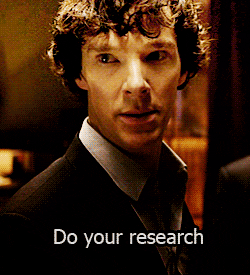
To ensure the utmost success of your presentation, it is imperative to engage in comprehensive research, guaranteeing that your content remains current, pertinent, and supported by reputable sources.
Most importantly, thorough research allows you to showcase a profound understanding of the subject matter, enabling you to articulate your points with clarity and authority.
You can refer to academic journals, industry reports, and digital reservoirs to amass invaluable insights that help build your presentation's overall credibility.
Also, make sure to critically analyze the information you gather - assessing the reliability, accuracy, and relevance to your objectives.
Without proper information or genuine facts, you can never create an impact through your presentation.
To avoid this, you can consult multiple sources and consider different viewpoints. Doing so demonstrates intellectual rigor and showcases a strong understanding of the topic.
Hence, it is essential that you incorporate meticulously researched and relevant information in your presentation to elevate the credibility and offer thought leadership on the topic you are presenting.
3. Crafting the Structure of Presentation
Once you have identified your topic and objective and gathered all relevant information for your presentation, the next step is to craft a well-organized structure.
A well-structured presentation serves as the backbone for a genuinely special delivery.
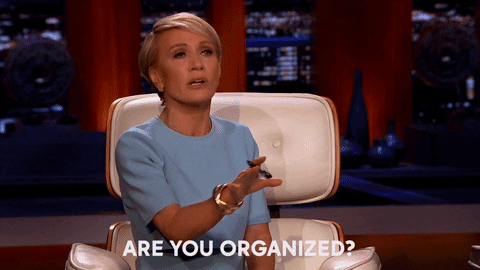
For example, you can use the classic presentation framework of the Introduction - Body - Conclusion structure.
The aim is to establish a coherent flow that enables your audience to follow and grasp the essence of your key points effortlessly.
Consider the introduction as your gateway to capturing the attention and curiosity of your audience.
A strong introduction establishes a solid foundation upon which you can build the rest of your presentation.
You can use an intriguing anecdote, a thought-provoking question, or a captivating statistic that immediately grabs their interest in the introduction.
The body of your presentation forms the core where you present your main ideas and supporting evidence.
Organize your critical points in a logical sequence, ensuring a smooth transition between each idea. This could involve presenting them in chronological order, by importance, or by contrasting perspectives.
Lastly, the conclusion should be a powerful summary that reinforces your main message and leaves a lasting impact.
You can recap the key takeaways, emphasize their significance, and provide a call to action or a thought-provoking closing statement that resonates with your audience.
Overall, a well-crafted structure paves the way for a memorable and impactful presentation.
4. Acing the Opening Line
Talking about starting your presentation, it is imperative that you ace the opening line of your presentation.
A strong opening line serves as the significant hook to captivate your audience's attention and set the tone for the entire experience.
You can begin by understanding the essence of your message and the desired impact you wish to create.
Then tailor your opening line to align seamlessly with your objective, whether it be to inspire, inform, persuade, or entertain.
By establishing a clear intention, you can construct a compelling opening that hooks your audience from the very first word.
For instance, you can engage their emotions by posing a thought-provoking question that challenges conventional thinking or by sharing relatable anecdotes that may resonate on the topic.

Take plenty of time to carefully craft your opening line with precision and artistry, leaving your audience eager enough to sit through the rest of the presentation.
You can watch Ted talks, famous speeches, or product launch presentations to understand how successful people go about their presentations.
Thus, by mastering the art of the opening line, you can easily set the stage for a memorable presentation that will resonate long after its conclusion.
5. Articulating the Content Confidently
Once you have fixed the final presentation structure and perfected the right opening line, it’s time to work on your delivery for the rest of your presentation.
How confidently you can articulate your content speaks volumes.

No matter how good your background research is, if you fail to articulate well, then it all goes down the drain.
When seeking to captivate your audience, content reigns supreme to date.
So leverage the power of storytelling by incorporating impactful opening statements, anecdotes, statistics, and relatable examples to weave together a mesmerizing presentation.
Present information in bite-sized portions, making it more accessible and easily understandable for your audience.
The combination of engaging content and well-articulated delivery is the key to holding your audience's attention throughout your presentation.
So you should understand the content first and muster all the courage and confidence to present without stammering or pausing.
6. Harnessing the Power of Compelling Visual Aids
No one wants to sit through a presentation filled only with chunks of text. This would bore away the audience to sleep.
To avoid this and make any presentation captivating, you can use visual aids.
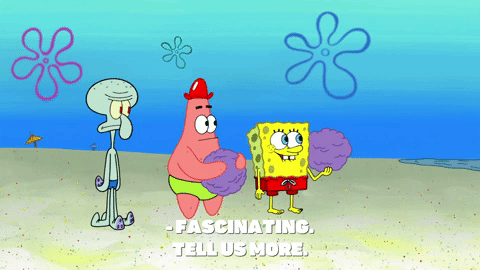
Visual aids serve as a powerful tool to enhance comprehension, engagement, and retention.
You can opt for slide templates, font styles, and colors that harmoniously align with the essence of your message and your brand's identity.
You can use concise bullet points and exercise caution to avoid cluttering your slides with excessive textual content.
Try out compelling images, impactful graphs, and concise diagrams to elucidate complex concepts and amplify the impact of your ideas.
However, bear in mind that your visual aids ought to seamlessly complement your spoken words rather than overshadow them.
Strive for a balanced and harmonious visual composition, ensuring that your visuals are aesthetically pleasing and align with your presentation's overall tone and theme.
By skillfully integrating appropriate and captivating visuals, you elevate your presentation's visual appeal while focusing on delivering a compelling and persuasive message.
7. Mastering the Delivery of Presentation
The adage "practice makes perfect" holds true when it comes to delivering a flawless presentation.
Whether you are a beginner or an experienced presenter, you can still engage in multiple rehearsals to acquaint yourself with the content, timing, and delivery.
Most of the beginners struggle to deliver an impactful presentation. However, you can save yourself from suffering with a little extra effort in preparation.
Consider recording your practice sessions to meticulously evaluate your body language, voice modulation, and overall presence.
Additionally, invite trusted colleagues or friends to evaluate your delivery and following their valuable feedback to refine your presentation and address any areas requiring improvement.
Through rehearsals, you can enhance your confidence and ensure a seamless delivery throughout on the day of the presentation.
You need not memorize every point on the slide, it’s just that you capture the essence and articulate them effectively to the audience.
By repeatedly going through your material, you cultivate a deep familiarity with the content, enabling you to navigate through it effortlessly.
This familiarity facilitates a natural flow, instilling confidence and allowing you to engage with your audience more effectively.

Through dedicated practice and rehearsal, you refine your delivery, build confidence, and elevate the effectiveness of your presentation.
Even if the first few presentations don’t go well as planned, do not worry. You can still perfect the next through enough rehearsals.
With diligent preparation and constructive feedback, you can effectively transform your presentation into a seamless, captivating, and memorable experience for your audience.
8. Conquering the Presentation Anxiety
Even the most seasoned presenters may encounter bouts of nervousness when the day comes.

Conquering the presentation anxiety is paramount, no matter how strong the slide decks are packed.
To tackle and overcome the anxiety issues during your presentation, you can
- Begin by incorporating deep breathing exercises into your pre-presentation routine.
- Combine this habit with positive visualization, where you vividly imagine yourself delivering a flawless presentation with confidence and poise.
- Boost a confident mindset with your expertise on the topic of presentation.
- Provide intrinsic value to your audience through all the information you have gathered.
Most importantly, Affirmations play a crucial role in shaping your mindset.
Repeat positive, empowering statements to yourself, such as "I am well-prepared," "I am a knowledgeable expert," or "I am capable of delivering an engaging presentation."
These affirmations bolster your self-belief and instill a sense of readiness and assurance.
Eventually, you will recognize that the surge of energy accompanying anxiety can be channeled into enthusiasm and passion, enhancing your delivery and connecting with your audience on a deeper level.
Thus with thorough preparation and a confident mindset, you can transform nerves into a powerful driving force that elevates your delivery and leaves a lasting impression on your audience.
9. Forging a Profound Connection
For a triumphant presentation, establishing a profound connection with your audience is paramount.
You can foster interaction by incorporating elements that invite participation from the audience, such as thought-provoking questions, engaging polls, or brief activities.
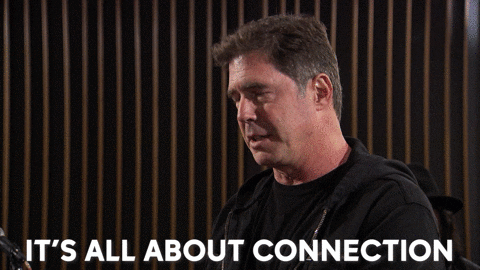
It’s essential that you maintain unwavering eye contact, have great, open body language, and address individuals by name (if applicable) to engender a sense of engagement.
This makes your audience feel genuinely cherished and included in the experience.
Wherever applicable, you can simply encourage active participation by inviting your audience to share their thoughts, opinions, or personal experiences.
You can also pose intriguing questions that stimulate critical thinking or elicit insightful responses from your audience.
And the best one is to utilize polls or surveys to gauge their perspectives and involve them in the presentation process.
So keep all of this in mind, and while preparing, make sure you prepare a list of questions to be asked, check if there’s any scope to conduct polls/quizes, be prepared to share relevant personal anecdotes.
By incorporating all the above at the right time, you create a dynamic atmosphere that encourages dialogue and collaboration.
All these simple acts foster a sense of trust and establish a genuine connection that transcends the physical space and makes your presentation wholesome.
10. Handling Questions and Feedback
When you arrive at the conclusion of your presentation, there will be a question and answer session in general.
Just like how you would want to question the audience, they would want to question you too!

How you prepare and handle your audience at the end seals the deal and makes it a wholesome presentation.
Excellence in addressing questions and feedback is a hallmark of a polished presenter.
One smart move is to anticipate the parts of your presentation that will spark questions/clarifications.
Then accordingly, you can prepare yourself with pertinent information and supporting evidence to ensure a comprehensive and confident response.
Even if you don't possess an immediate answer, have a parking lot for those questions. Then, demonstrate your commitment to providing a thorough response by the end of your session.
This displays your dedication to delivering accurate and well-informed answers while respecting the time and participation of your audience.
Therefore, by anticipating inquiries, providing thorough responses, and embracing feedback, you establish yourself as a credible and adaptable presenter.
*******

We believe by now, you have understood the art of preparing for a presentation.
To summarize, you can deliver presentations that leave a lasting impact by understanding your presentation's purpose, crafting compelling content, utilizing effective visuals, and engaging your audience.
Embrace the journey of continuous improvement, and soon you will find yourself thriving as a confident and influential presenter.
Also, now that you have learned how to prepare for a presentation, here are some useful topics for you to slay your presentation every single time -
If you are looking for a tool to create amazing presentations, check out Animaker Deck, the world’s coolest presentation maker to make presentations with awesome avatars and wacky gifs!
So, go forth, seize the stage, and let your presentations shine!

